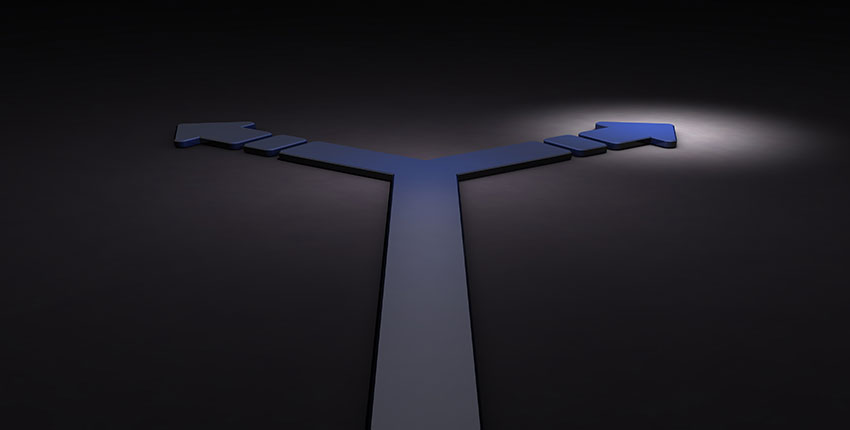
From the light-sensing cones of the retina to the blood-pumping muscle of the heart to the waste-filtering units of the kidneys, the human body is made up of hundreds of cell types exquisitely specialized to perform their jobs with great precision.
This complexity, however, belies the fact that each of the trillions of highly specialized cells start out as a single primordial cell.
How do these primitive, undifferentiated cells choose their ultimate destiny? It’s a question that has tantalized biologists for centuries.
Now, scientists from Harvard Medical School, the Karolinska Institutet and the Medical University of Vienna, among other institutions, have uncovered intriguing new clues about the molecular logic of cells that informs their fates.
The findings, published June 7 in Science and based on a study of mouse neural crest tissue, show that cells face multiplecompeting choices on their journey to adulthood and perform a series of binary decisions until they reach a final destination.
“A progenitor cell could become anything, but how is that choice realized?” said co-senior investigator Peter Kharchenko, associate professor of biomedical informatics in the Blavatnik Institute at Harvard Medical School. “Our study represents an attempt to define the molecular logic behind cell choice. We believe our findings can help us understand how cells orient themselves toward a particular fate and what might go wrong in the process of cell differentiation.”
Read full article in HMS News.